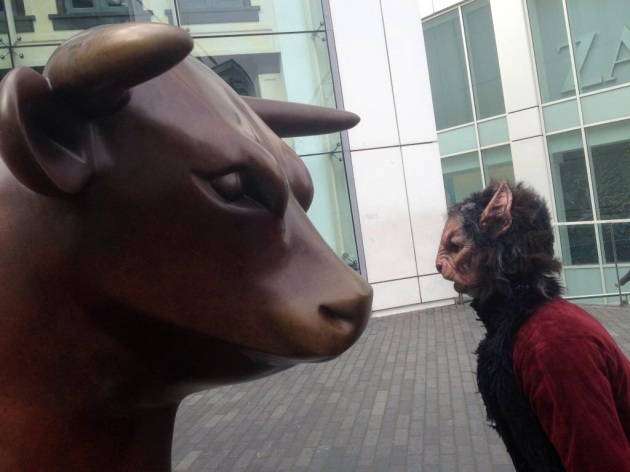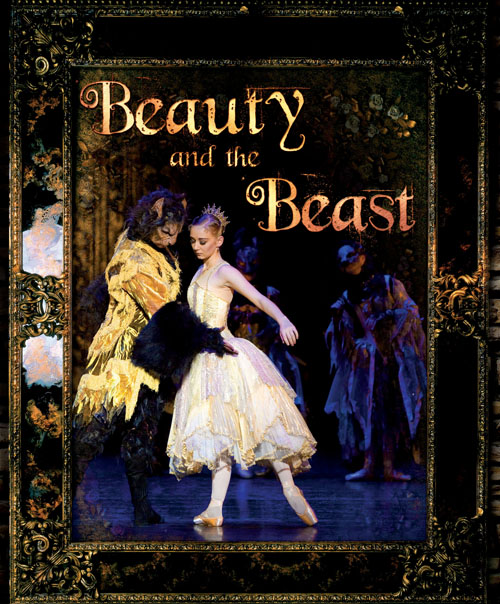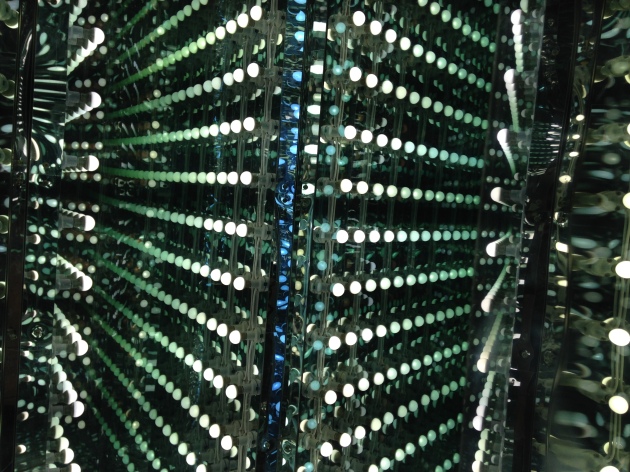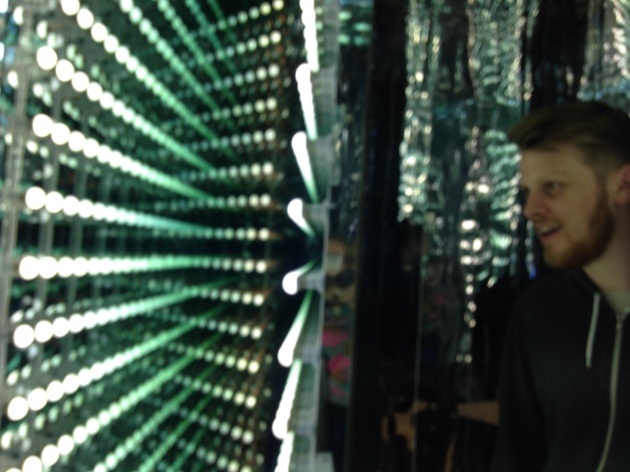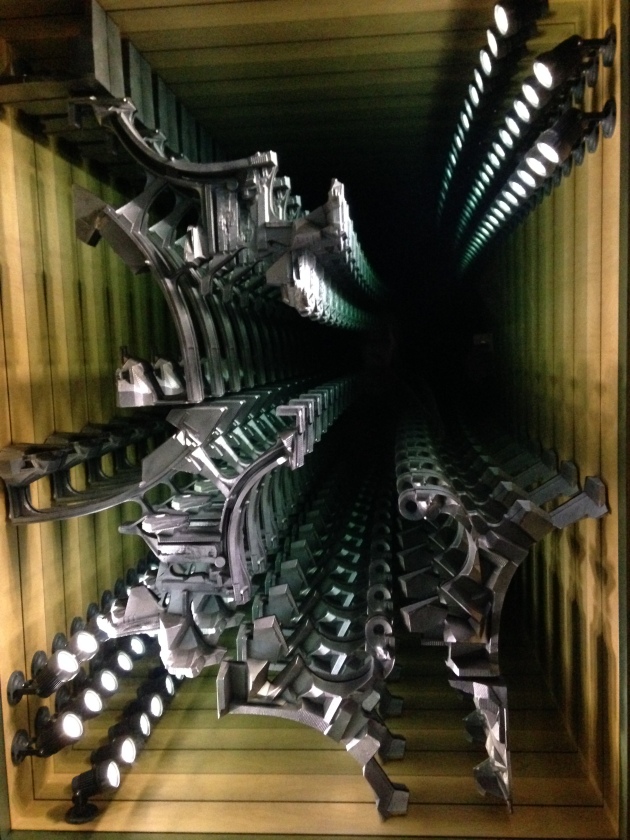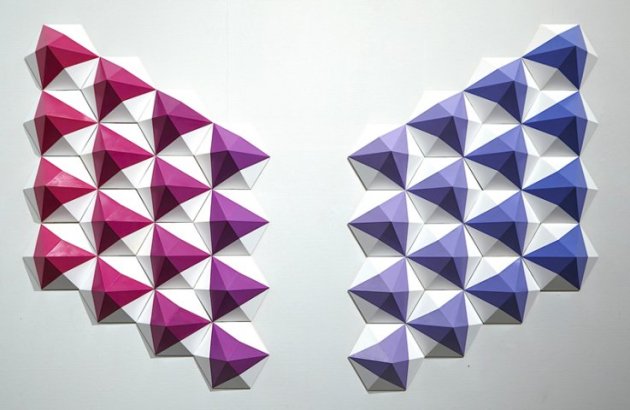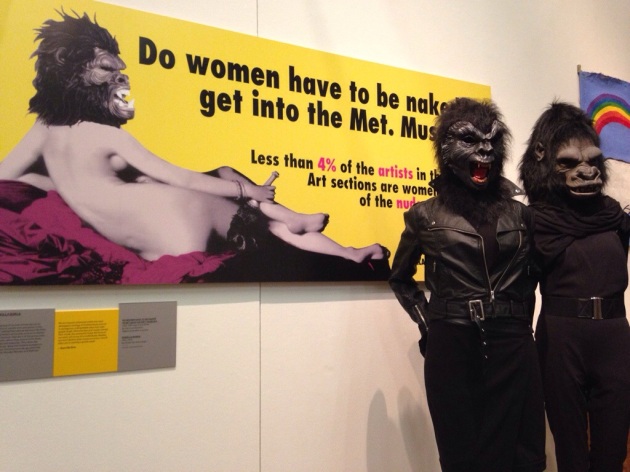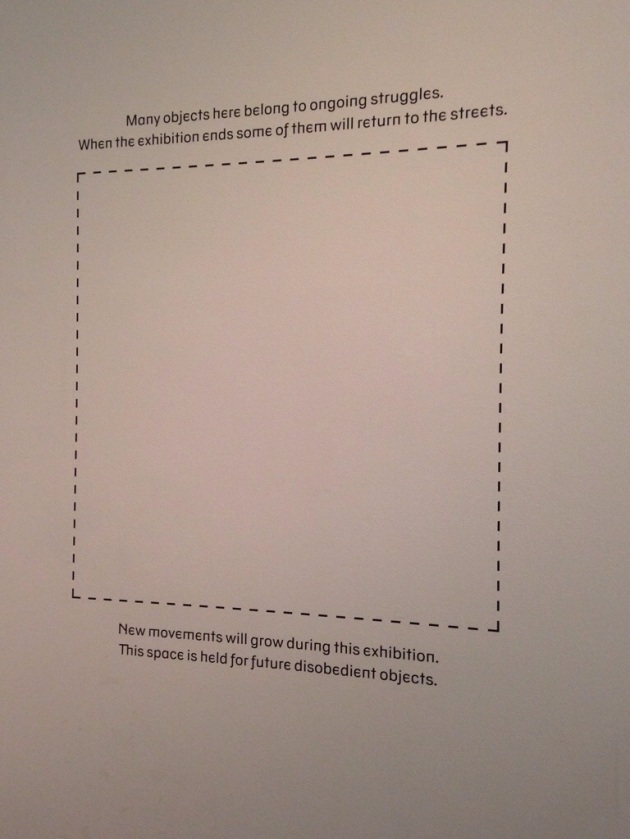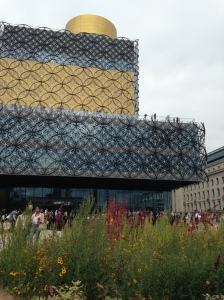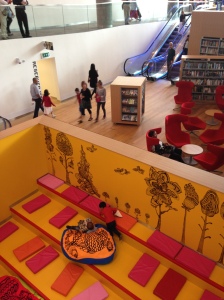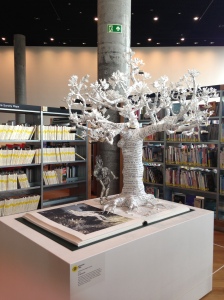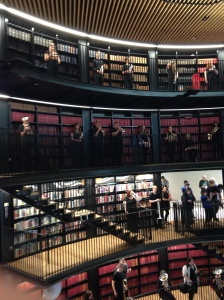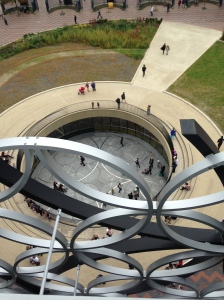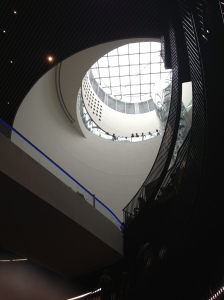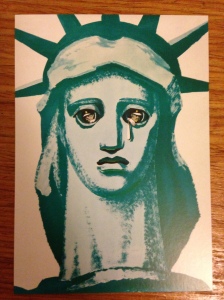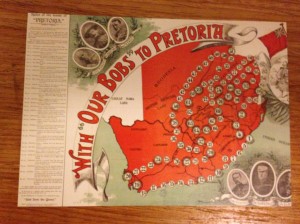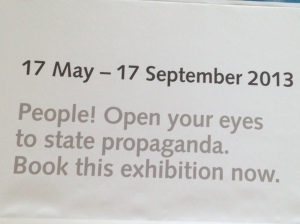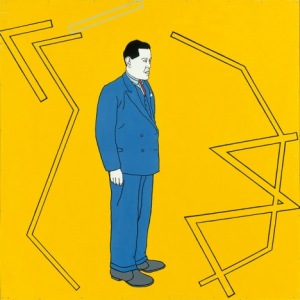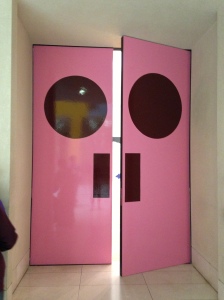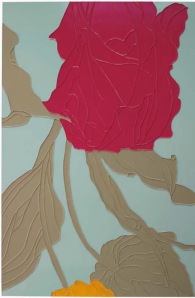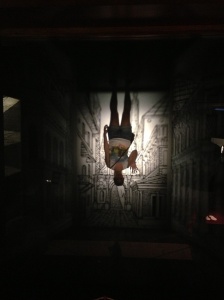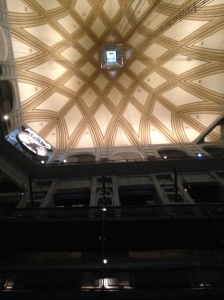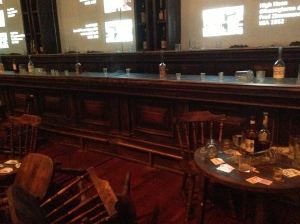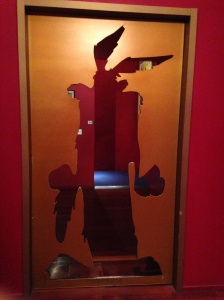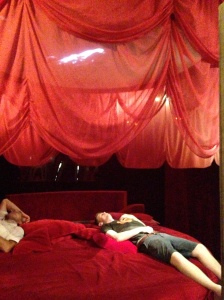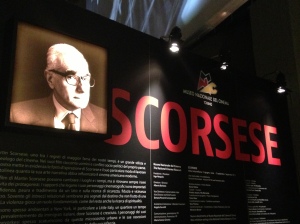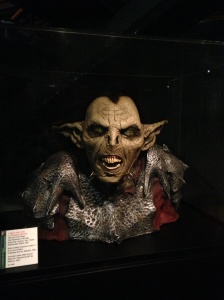From Morocco to Afghanistan, photography has become an increasingly important medium in today’s Middle East. It allows artists from this vast and diverse region to project an accessible, engaging and often deeply personal voice.
This exhibition is one of the most interesting collections I have seen for a while. Not only does it present beautiful and sometimes difficult images, it also asks the viewer to question the integrity of the very images they are seeing: ‘Do these photographs reflect real life, or are they merely versions of reality created by the photographers?’
With the Middle East frequently discussed and represented in the media, this question posed in True to Life? is a welcome one. The viewer enters the exhibition reminded that photography does not present the facts. We are immediately invited to step into this space with a critical eye, leaving our prejudices and indeed our faith in a camera lens at the door.
Spread across two galleries in BMAG, the first room of this free exhibition is haunting. A series of six portraits from Shadi Ghadirian’s series Qajar span one of the four walls. These images, staged and photographed like traditional Iranian portraits include women with modern objects that are forbidden in Iran. The mixture between old and new, forbidden and expected is particularly striking.
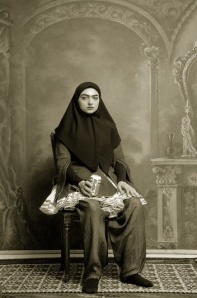
Shadi Ghadirian: ‘Qajar #1’ Image from shadighadirian.com
In the next room, Hassan Hajjij’s two pieces are displayed side-by-side. Saida in Green, the face of the exhibition sits alongside Jama Fna Angels. Both of these works depict Moroccan women wearing versions of traditional dress that are covered in symbols of western consumerism. The frame of Jama Fna Angels is decorated with aluminium cans, aerosol cans and glass bottles with famous, western branding on them. The repetitive nature of this piece gives a nod to pop art, creating an interesting, typically Moroccan, yet Warhol-like image.

Hassan Hajjij: ‘Saida in Green’ Image from bmag.org.uk
The standout works for me were the poignant images from Amirali Ghasemi’s 2006 series, Party. In these photographs of young people enjoying a house party, any visible flesh is blocked in white, while any hair is blocked in black, creating cartoon-like, featureless young adults. These party-goers are having their anonymity and safety preserved but are consequently covering up their identity and even their race.
Before reading in the supporting information that this was a work based on the underground youth culture of Tehran, images of the secret parties in Marjane Satrapi’s Persepolis (graphic novel and 2007 French animation film) came to mind. Perhaps Ghasemi was aware of Satrapi’s work. For me, the association deepened and enriched my understanding of the photographs and added an extra element of youth rebellion to the images.
Such was my fascination with True to Life? that I made notes on almost every work featured. However, I must leave some space for surprise for any future visitors. This exhibition has been brilliantly crafted and presented and it is certainly one to leave you thinking. Go to it with an open mind, leave your previous convictions at the door and question everything you see. You will not be disappointed.
True to Life? is in galleries 12 & 13 of the Birmingham Museum until 2nd November 2014. Entry is free.
